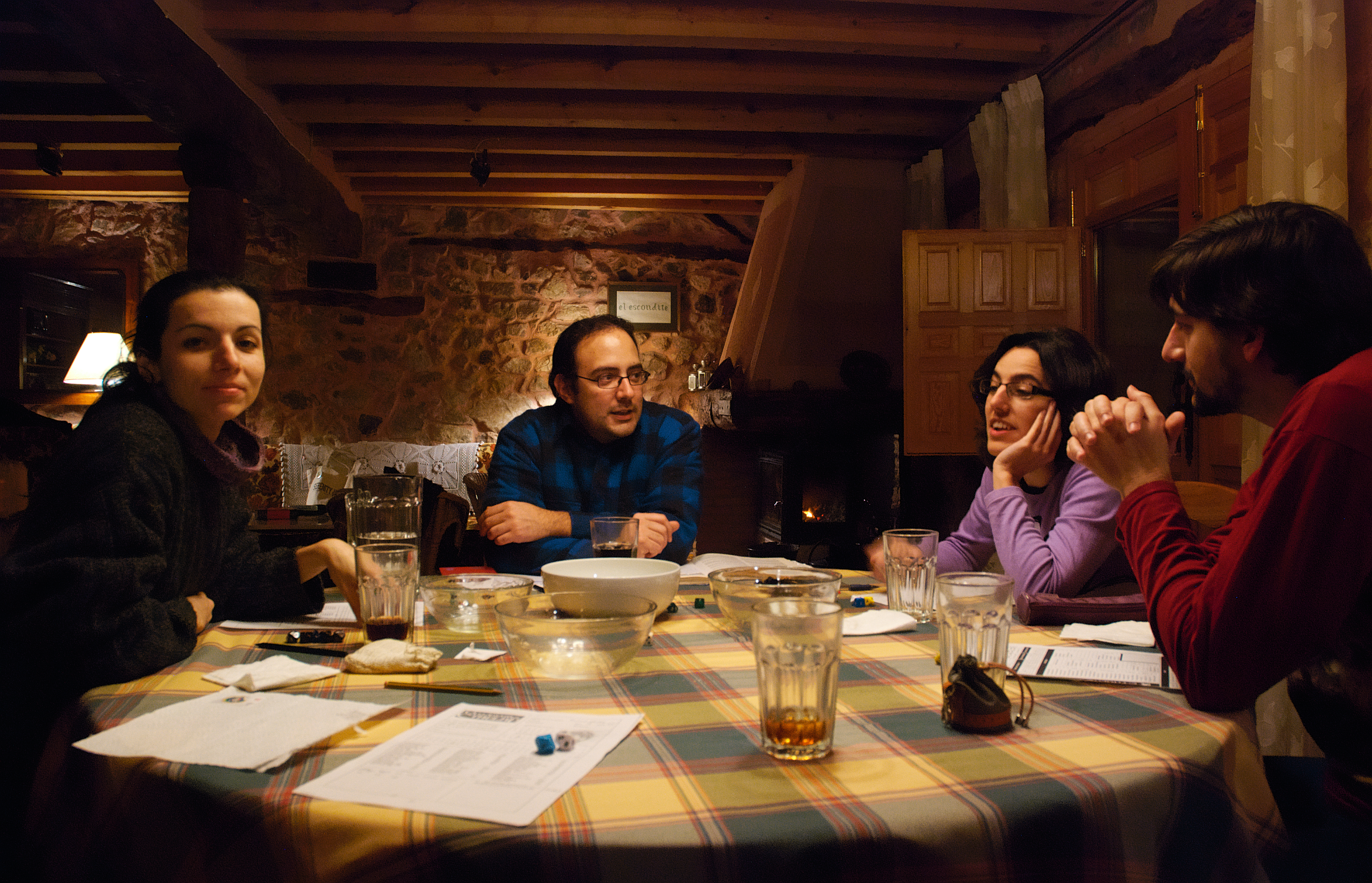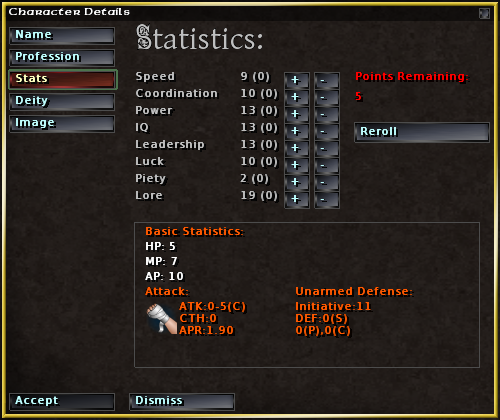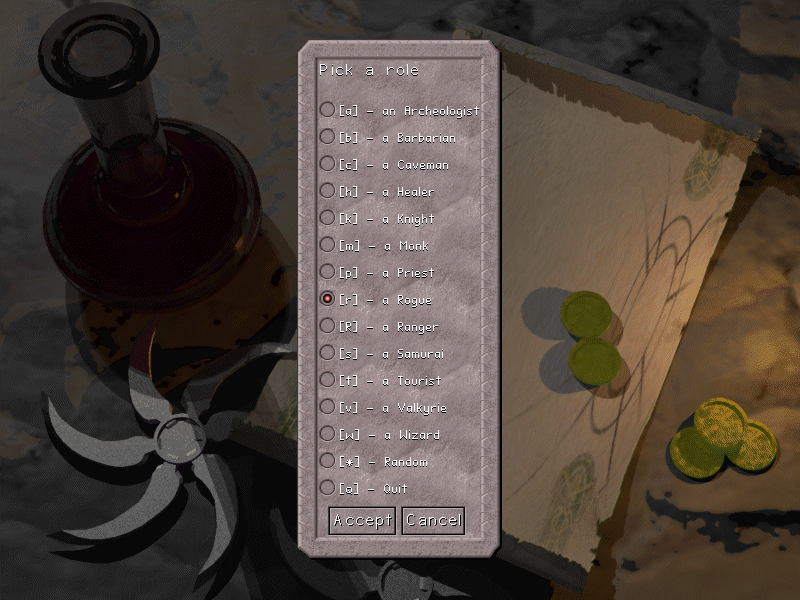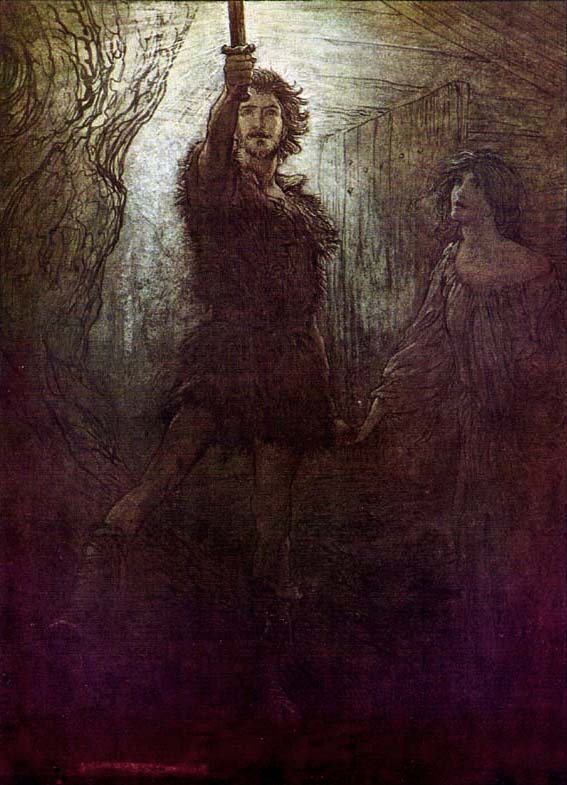|
Shadowrun Returns
''Shadowrun Returns'' is a tactical role-playing game developed and published by Harebrained Schemes. It takes place in the science fantasy setting of the ''Shadowrun'' tabletop role-playing game. The game was crowd funded through Kickstarter and released for Microsoft Windows, OS X, Linux, iOS, and Android in 2013. An expansion pack titled '' Shadowrun: Dragonfall'', was released in 2014. It was later converted to a standalone release, ''Shadowrun: Dragonfall – Director's Cut''. In 2015, Harebrained Schemes launched another Kickstarter campaign to partially fund their next game, '' Shadowrun: Hong Kong''. Similar to the ''Dragonfall – Director's Cut'' edition, ''Hong Kong'' was released in 2015 as a standalone release built using an upgraded version of the ''Shadowrun Returns'' engine. A remastered compilation game including ''Shadowrun Returns'', ''Shadowrun Dragonfall: Director's Cut'', and ''Shadowrun: Hong Kong'', is released on Windows, Nintendo Switch, PlayStati ... [...More Info...] [...Related Items...] OR: [Wikipedia] [Google] [Baidu] |
Harebrained Schemes
Harebrained Schemes, LLC is an American video game developer based in Seattle, Washington. It was co-founded in 2011 by Jordan Weisman and Mitch Gitelman. Prior to founding Harebrained Schemes, Weisman and Gitelman worked together on the '' MechCommander'' and ''Crimson Skies'' franchises at FASA, another company founded by Weisman. As of mid-2015, the studio had under 60 employees. The studio was acquired by Paradox Interactive in June 2018. History In 2011, Weisman and Gitelman reunited to work on the mobile game '' Crimson: Steam Pirates'', which became Harebrained Schemes' first game. The following year, the studio released a second mobile game, ''Strikefleet Omega''. Both games were well received, with ''Crimson: Steam Pirates'' making Metacritic's "Best iPhone Games of 2011" list and ''Strikefleet Omega'' making the Google Play store's "Best Games of 2012" list. Harebrained then went on to develop several games in the ''Shadowrun'' franchise. In 2012, the studio raised $1. ... [...More Info...] [...Related Items...] OR: [Wikipedia] [Google] [Baidu] |
Tabletop Role-playing Game
A tabletop role-playing game (typically abbreviated as TRPG or TTRPG), also known as a pen-and-paper role-playing game, is a form of role-playing game (RPG) in which the participants describe their characters' actions through speech. Participants determine the actions of their characters based on their characterization, and the actions succeed or fail according to a set formal system of rules and guidelines. Within the rules, players have the freedom to improvise; their choices shape the direction and outcome of the game. The terms ''pen-and-paper'' and ''tabletop'' are generally only used to distinguish this format of RPG from other formats, since neither pen and paper nor a table are strictly necessary. Gameplay Overview In most games, a specially designated player typically called the game master (GM) purchases or prepares a set of rules and a fictional setting in which each player acts out the role of a single character. The GM describes the game world and its inhabit ... [...More Info...] [...Related Items...] OR: [Wikipedia] [Google] [Baidu] |
Avatar (computing)
In computing, an avatar is a graphical representation of a user or the user's character or persona. Avatars can be two-dimensional icons in Internet forums and other online communities, where they are also known as profile pictures, userpics, or formerly picons (personal icons). Alternatively, an avatar can take the form of a three-dimensional model, as used in online worlds and video games. The term ' () originates from Sanskrit, and was adopted by early computer games and science fiction novelists. Richard Garriott extended the term to an on-screen user representation in 1985, and the term gained wider adoption in Internet forums and MUDs. Nowadays, avatars are used in a variety of online settings including social media, virtual assistants, instant messaging platforms, and digital worlds such as ''World of Warcraft'' and ''Second Life''. They can take the form of an image of one's real-life self, as often seen on platforms like Facebook, or a virtual character that diverge ... [...More Info...] [...Related Items...] OR: [Wikipedia] [Google] [Baidu] |
Ley Lines
Ley lines () are straight alignments drawn between various historic structures and prominent landmarks. The idea was developed in early 20th-century Europe, with ley line believers arguing that these alignments were recognised by ancient societies that deliberately erected structures along them. Since the 1960s, members of the Earth Mysteries movement and other Western esotericism, esoteric traditions have commonly believed that such ley lines demarcate "Energy (esotericism), earth energies" and serve as guides for alien spacecraft. Archaeologists and scientists regard ley lines as an example of pseudoarchaeology and pseudoscience. The idea of "leys" as straight tracks across the landscape was put forward by the English antiquary, antiquarian Alfred Watkins in the 1920s, particularly in his book ''The Old Straight Track''. He argued that straight lines could be drawn between various historic structures and that these represented trade routes created by ancient British societies ... [...More Info...] [...Related Items...] OR: [Wikipedia] [Google] [Baidu] |
Player Character
A player character (also known as a playable character or PC) is a fictional character in a video game or tabletop role-playing game whose actions are controlled by a player rather than the rules of the game. The characters that are not controlled by a player are called non-player characters (NPCs). The actions of non-player characters are typically handled by the game itself in video games, or according to rules followed by a gamemaster refereeing tabletop role-playing games. The player character functions as a fictional, alternate body for the player controlling the character. Video games typically have one player character for each person playing the game. Some games, such as multiplayer online battle arena, hero shooter, and fighting games, offer a group of player characters for the player to choose from, allowing the player to control one of them at a time. Where more than one player character is available, the characters may have distinctive abilities and differing styles ... [...More Info...] [...Related Items...] OR: [Wikipedia] [Google] [Baidu] |
Character Point
A statistic (or stat) in role-playing games is a piece of data that represents a particular aspect of a fictional character. That piece of data is usually a (unitless) integer or, in some cases, a set of dice. For some types of statistics, this value may be accompanied with a descriptive adjective, sometimes called a ''specialisation'' or ''aspect'', that either describes how the character developed that particular score or an affinity for a particular use of that statistic (like ''Specialisations'' in ''Ars Magica'' or ''Attribute Aspects'' in ''Aria''). Most games divide their statistics into several categories. The set of categories actually used in a game system, as well as the precise statistics within each category, vary greatly. The most often used types of statistic include: * Attributes describe to what extent a character possesses natural, in-born characteristics common to all characters. * Advantages and disadvantages are useful or problematic characteristics that a ... [...More Info...] [...Related Items...] OR: [Wikipedia] [Google] [Baidu] |
Game Informer
''Game Informer'' (''GI'', most often stylized ''gameinformer'' from the 2010s onward) is an American monthly video game magazine featuring articles, news, strategy, and reviews of video games and associated consoles. It debuted in August 1991 when video game retailer FuncoLand started publishing an in-house newsletter."10 Years of ''Game Informer''" (August 2001). ''Game Informer'', p. 42. "In August 1991, FuncoLand began publishing a six-page circular to be handed out free in all of its retail locations." The publication is now owned and published by GameStop, who bought FuncoLand in 2000. Due to this, a large amount of promotion is done in-store, which has contributed to the success of the magazine. As of June 2017, it is the 5th most popular magazine by copies circulated. Starting from the 2010s, ''Game Informer'' has transitioned to a more online-based focus. History Magazine ''Game Informer'' debuted in August 1991 as a six-page magazine. It was published every two mon ... [...More Info...] [...Related Items...] OR: [Wikipedia] [Google] [Baidu] |
Character Class
In tabletop games and video games, a character class is a job or profession commonly used to differentiate the abilities of different game characters. In role-playing games (RPGs), character classes aggregate several abilities and aptitudes, and may also detail aspects of background and social standing, or impose behavior restrictions. Classes may be considered to represent archetypes, or specific careers. RPG systems that employ character classes often subdivide them into levels of accomplishment, to be attained by players during the course of the game. It is common for a character to remain in the same class for its lifetime; although some games allow characters to change class, or attain multiple classes. Some systems eschew the use of classes and levels entirely; others hybridize them with skill-based systems or emulate them with character templates. In shooter games and other cooperative video games, classes are generally distinct roles with specific purposes, weapons or ... [...More Info...] [...Related Items...] OR: [Wikipedia] [Google] [Baidu] |
Fantasy Race
Fantasy tropes are a specific type of literary tropes (recurring themes) that occur in fantasy fiction. Worldbuilding, plot, and characterization have many common conventions, many of them having ultimately originated in myth and folklore. J. R. R. Tolkien's legendarium (and in particular, ''The Lord of the Rings'') for example, was inspired from a variety of different sources including Germanic, Finnish, Greek, Celtic and Slavic myths. Literary fantasy works operate using these tropes, while others use them in a revisionist manner, making the tropes over for various reasons such as for comic effect, and to create something fresh (a method that often generates new clichés). Good vs. evil The conflict of good against evil is a theme in the many popular forms of fantasy; normally, evil characters invade and disrupt the good characters' lands. J. R. R. Tolkien delved into the nature of good and evil in ''The Lord of the Rings'', but many of those who followed him use t ... [...More Info...] [...Related Items...] OR: [Wikipedia] [Google] [Baidu] |
Shadowrun Returns Screenshot
''Shadowrun'' is a science fantasy tabletop role-playing game set in an alternate future in which cybernetics, magic and fantasy creatures co-exist. It combines genres of cyberpunk, urban fantasy and crime, with occasional elements of conspiracy, horror and detective fiction. From its inception in 1989, ''Shadowrun'' has remained among the most popular role-playing games. It has spawned a vast franchise that includes a series of novels, a collectible card game, two miniature-based tabletop wargames, and multiple video games. The title is taken from the game's main premise – a near-future world damaged by a massive magical event, where industrial espionage and corporate warfare runs rampant. A ''shadowrun'' – a successful data theft or physical break-in at a rival corporation or organization – is one of the main tools employed by both corporate rivals and underworld figures. Deckers (futuristic hackers) who can tap into an immersive, three-dimensional cyberspace are oppo ... [...More Info...] [...Related Items...] OR: [Wikipedia] [Google] [Baidu] |
Remaster
Remaster refers to changing the quality of the sound or of the image, or both, of previously created recordings, either audiophonic, cinematic, or videographic. The terms digital remastering and digitally remastered are also used. Mastering A master is the definitive recording version that will be replicated for the end user, commonly into other formats (e.g. LP records, CDs, DVDs, Blu-rays). A batch of copies is often made from a single original master recording, which might itself be based on previous recordings. For example, sound effects (e.g. a door opening, punching sounds, falling down the stairs, a bell ringing) might have been added from copies of sound effect tapes similar to modern sampling to make a radio play for broadcast. Problematically, several different levels of masters often exist for any one audio release. As an example, examine the way a typical music album from the 1960s was created. Musicians and vocalists were recorded on multi-track tape. This tape w ... [...More Info...] [...Related Items...] OR: [Wikipedia] [Google] [Baidu] |
Hong Kong
Hong Kong ( or ; , ), officially the Hong Kong Special Administrative Region of the People's Republic of China (abbr. Hong Kong SAR or HKSAR), is a city and special administrative region of China on the eastern Pearl River Delta in South China. With 7.5 million residents of various nationalities in a territory, Hong Kong is one of the most densely populated places in the world. Hong Kong is also a major global financial centre and one of the most developed cities in the world. Hong Kong was established as a colony of the British Empire after the Qing Empire ceded Hong Kong Island from Xin'an County at the end of the First Opium War in 1841 then again in 1842. The colony expanded to the Kowloon Peninsula in 1860 after the Second Opium War and was further extended when Britain obtained a 99-year lease of the New Territories in 1898. British Hong Kong was occupied by Imperial Japan from 1941 to 1945 during World War II; British administration resumed after the surrender of ... [...More Info...] [...Related Items...] OR: [Wikipedia] [Google] [Baidu] |


.jpg)





